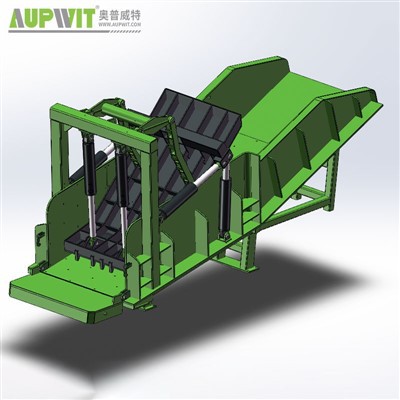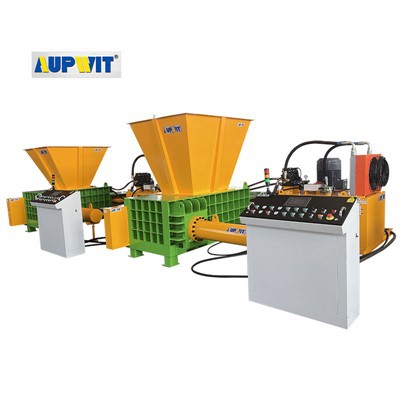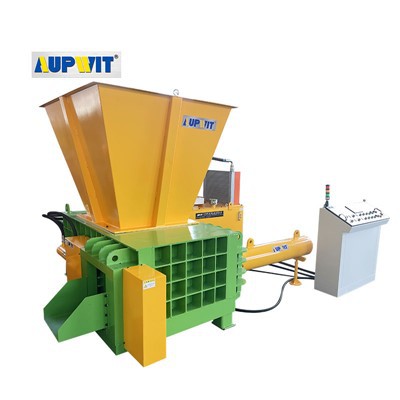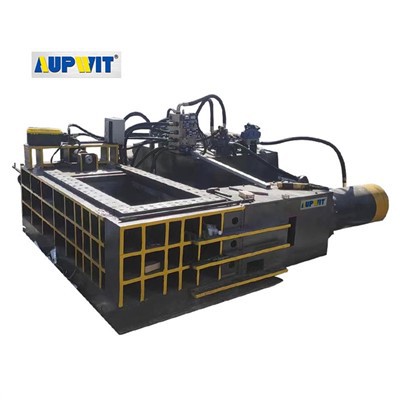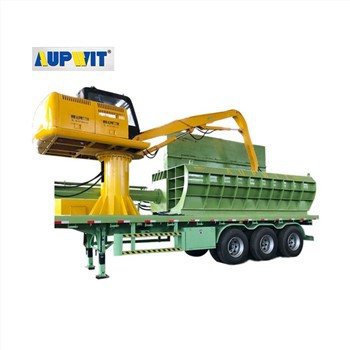Baler Quality Control Guide
Prepare Materials Thoroughly Before Baling
- Sort clothes to remove items with hard accessories or excessive bulk
- Ensure garments are completely dry before baling
- Shake or loosen tangled items for even distribution
- Remove all debris and non-textile materials
Proper material preparation is foundational to consistent packing quality. Moisture in fabric resists uniform compression and may cause mold growth in bales. Removing problematic items prevents jams and ensures the baler compresses only fabric, creating more stable bales.
Create a pre-baling inspection checklist to ensure all materials meet preparation standards before loading.
Calibrate Equipment Settings for Optimal Performance
- Adjust compression pressure for fabric weight
- Verify ram alignment for even pressure distribution
- Clean chamber walls to prevent fabric sticking
- Check all settings against manufacturer specifications
Fine-tuning these settings creates a consistent foundation for quality bales. Heavier materials require sufficient force to achieve tight packing without damaging the machine. Misalignment leads to uneven pressure distribution and lopsided bales.
Follow Consistent Loading and Operation Practices
- Distribute clothes evenly across the chamber
- Maintain proper loading capacity (avoid overloading)
- Establish a steady loading rhythm
- Allow each layer to compress fully before adding more
Consistent operation minimizes variability in bale structure and density. Overloading the chamber forces the baler to work beyond its capacity, resulting in loose or misshapen bales. Uniform loading habits ensure consistent bale density.
Monitor Compression Cycles Closely
- Watch for uneven fabric movement during compression
- Listen for unusual mechanical sounds
- Ensure the ram completes full compression strokes
- Note any hesitation in the compression cycle
Close monitoring allows immediate correction of issues before they affect bale quality. Strange noises may signal misalignment or obstruction affecting pressure application. Incomplete cycles result in undercompressed sections.
Check Bale Integrity and Density After Compression
- Inspect for uniform shape and firmness
- Verify secure strapping on all bales
- Test density consistency throughout each bale
- Document any quality issues for pattern analysis
Regular inspections help identify patterns in quality issues for targeted improvements. Soft spots indicate insufficient compression, while loose straps cause bales to break apart during handling.
Maintain Equipment Regularly to Sustain Performance
- Lubricate moving parts for smooth operation
- Inspect and maintain strapping mechanisms
- Clean compression surfaces regularly
- Check hydraulic/pneumatic systems for leaks
Preventive maintenance ensures the baler operates at peak efficiency. Fabric buildup reduces friction and compression effectiveness. Well-maintained equipment consistently produces higher-quality bales with fewer defects.
Create a maintenance log to track service history and identify recurring issues before they affect bale quality.


